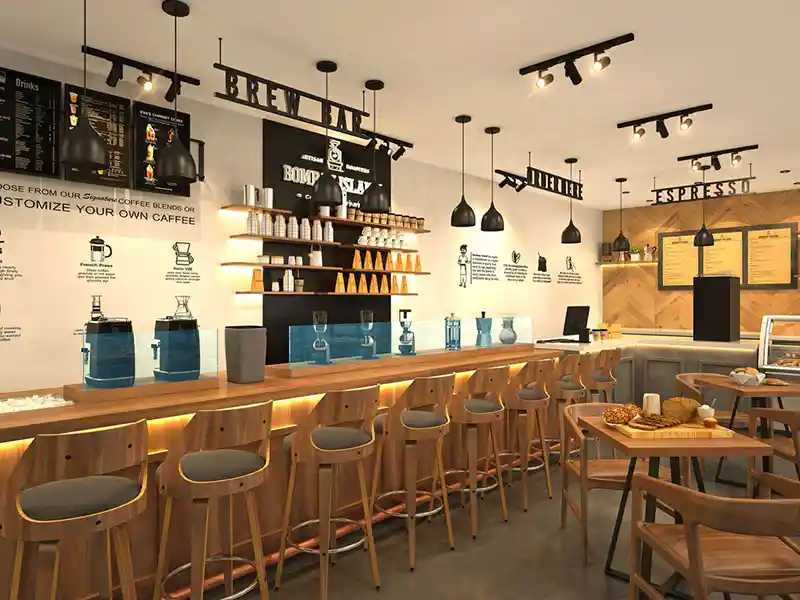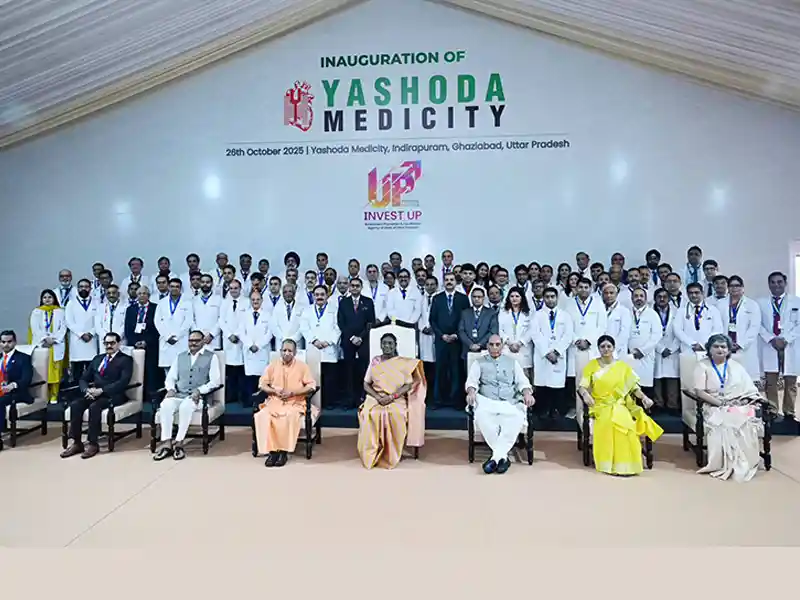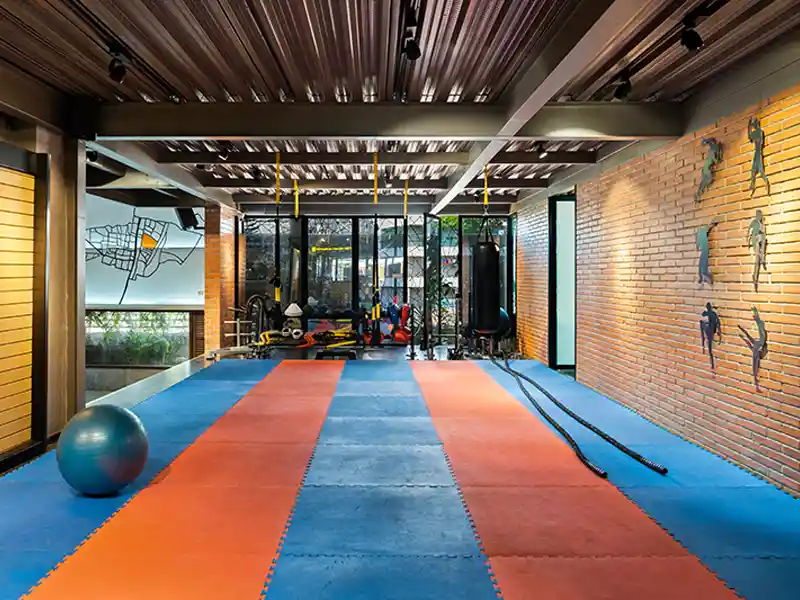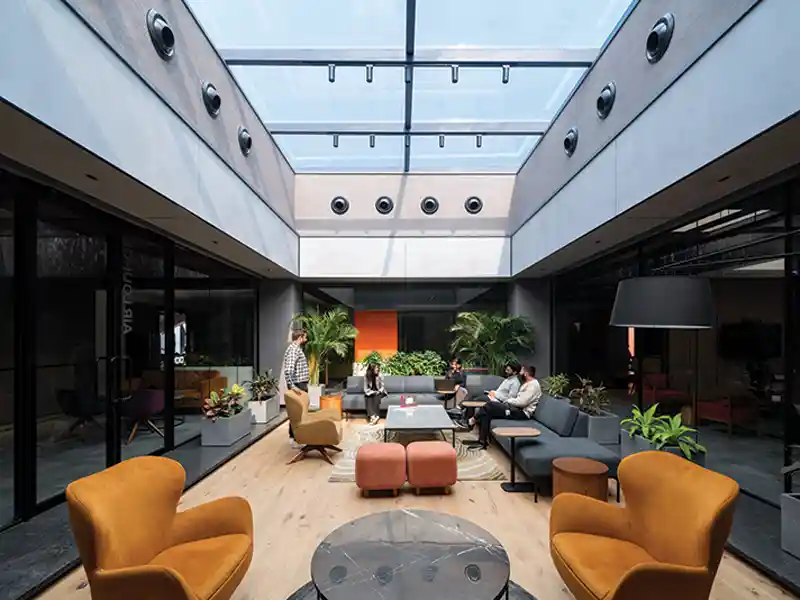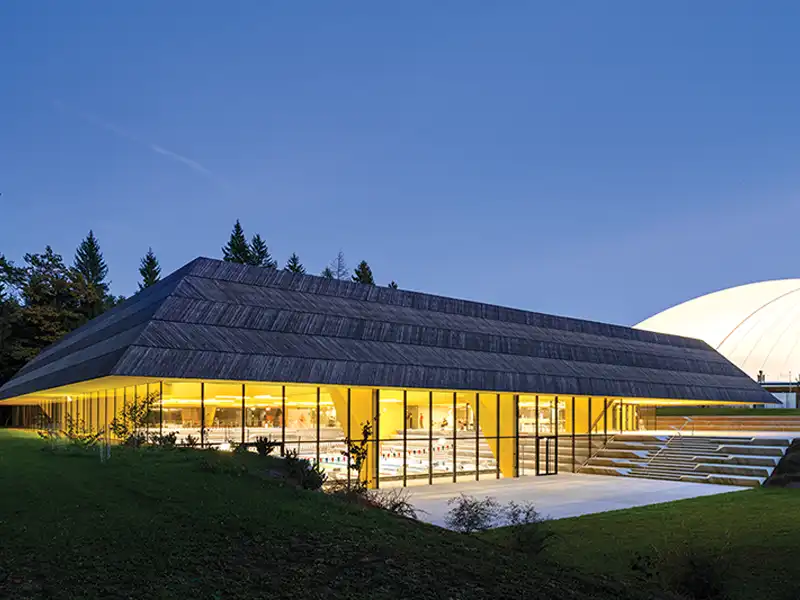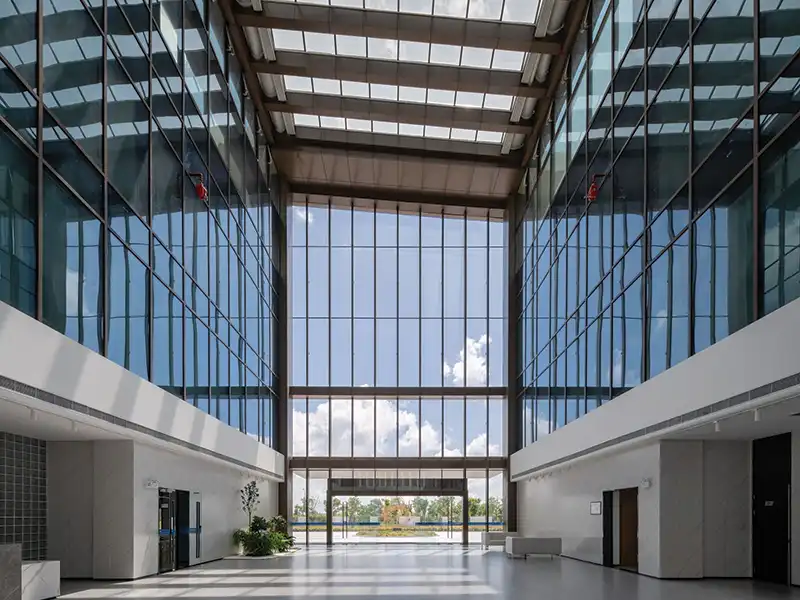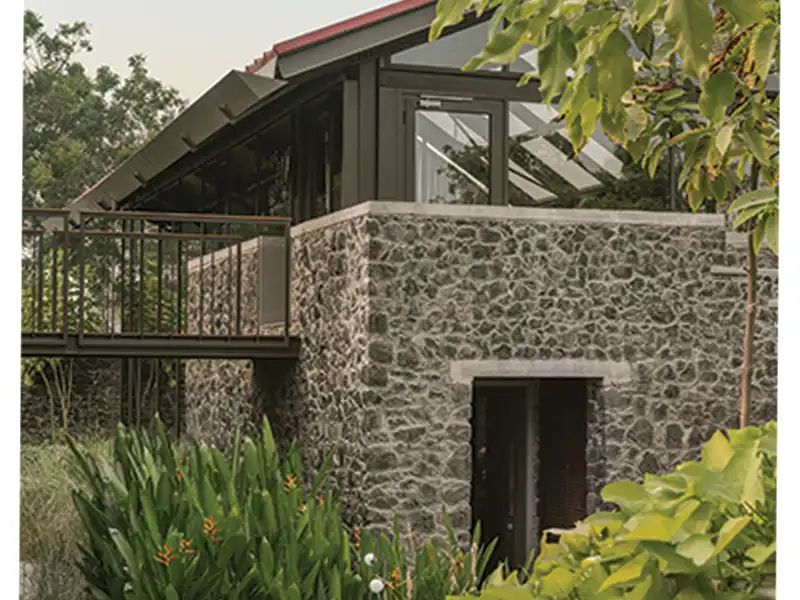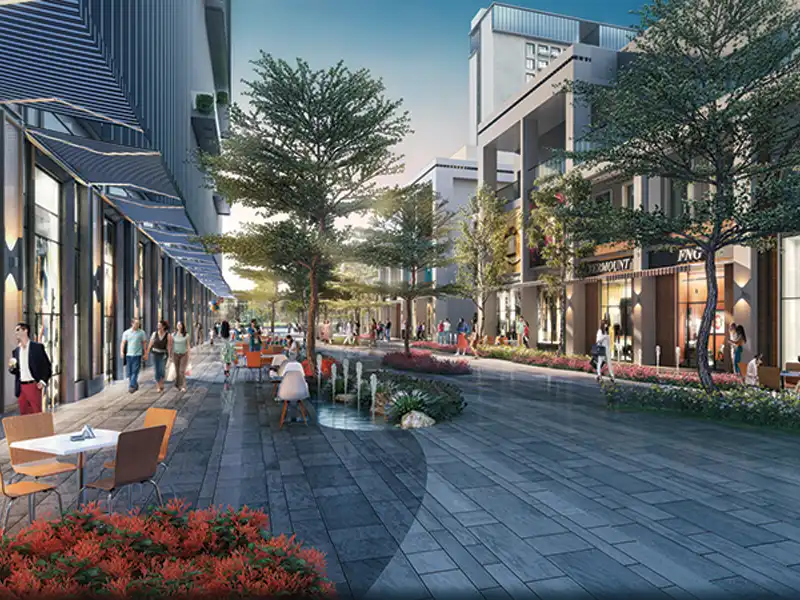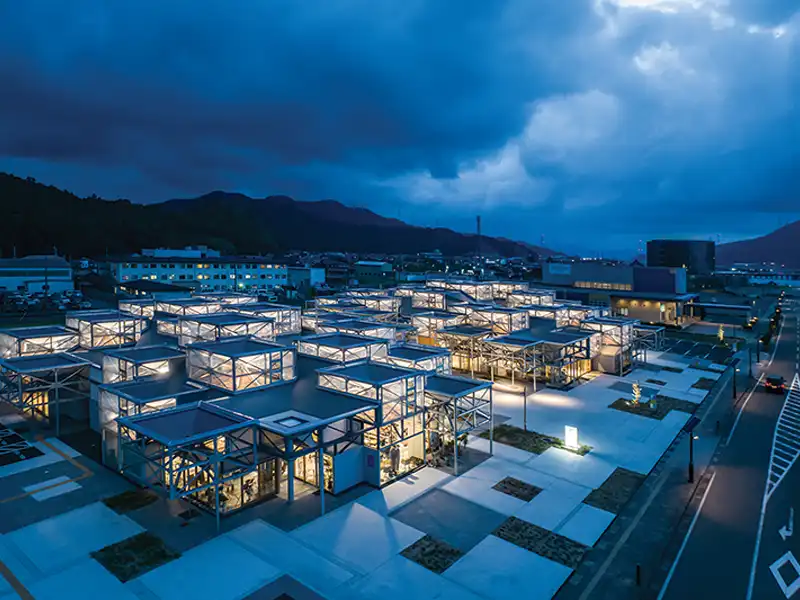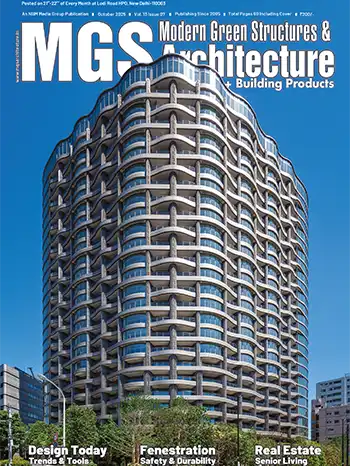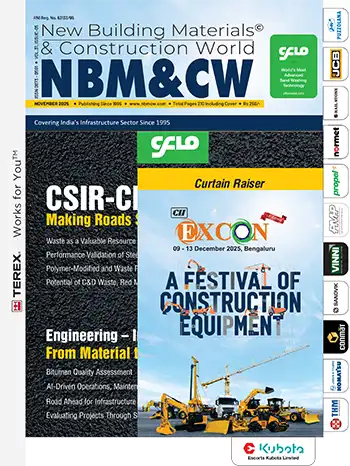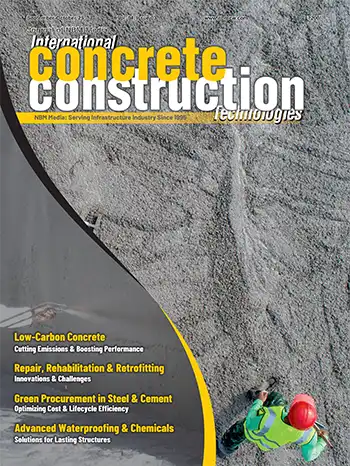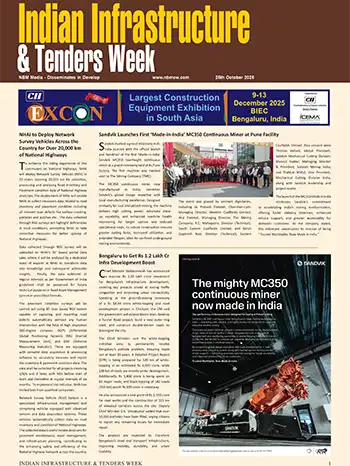
She believes that the role of a designer goes beyond merely designing luxurious homes to spreading design to a larger mass - towards which vision she initiated the cleaning-up of slums in Indore. Further, through her plastic-free campaign, she has been instrumental in making the women of these communities self-sufficient by guiding them to design, make and sell eco-friendly bags from recycled cloth and paper.
Her works are known for their functionality and judicious use of space, as she strives to create minimalistic designs with a traditional essence, through extensive use of natural materials, traditional arts and Indian handicrafts. Besides commercial and residential projects, she has worked on the restoration of heritage buildings, including temples.
Awards & Accolades
- Stylish Designer Award by INIFD in 2016
- Outstanding Contribution of Interior and Architecture in the Reality Kings Awards
- Awards in the Home Sweet Home Contest
- Hosted NATCON, 2016 IMAGINE (a national convention of IIID) as a Convener.
- WEF Award for Exceptional Women of Excellence 2017 in New Delhi
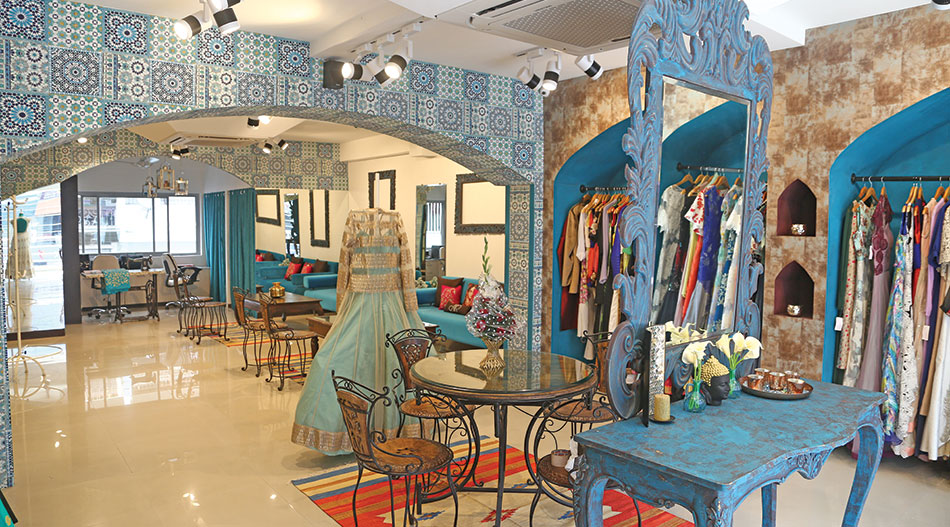 High-end retail store
High-end retail storeExcerpts from her interview with MGS Architecture magazine:
How has modern architecture impacted Indian society at large?
The changing culture of architecture in modern India, both as a lifestyle and as a profession, has been eye-opening. In terms of lifestyle, we never predicted the extent to which architecture and design could affect us as well as the society and culture we live in, nor did we predict how deeply symbolic of our beliefs and attitudes they’d become. The huge wave of development and technology that caused us to try and ape everything that didn’t belong to us, has made us question and search for our own identity and provoked us to revisit the solid traditional roots and foundation of Indian architecture.
Indian architecture, primarily established through historical and cultural influences, is most recently a conversation about how best to modernize. India’s architecture has to mediate rapid urbanization with respecting its climate, culture, and tradition. Questions of cultural preservation are especially pertinent in India after the dominance of western influences.
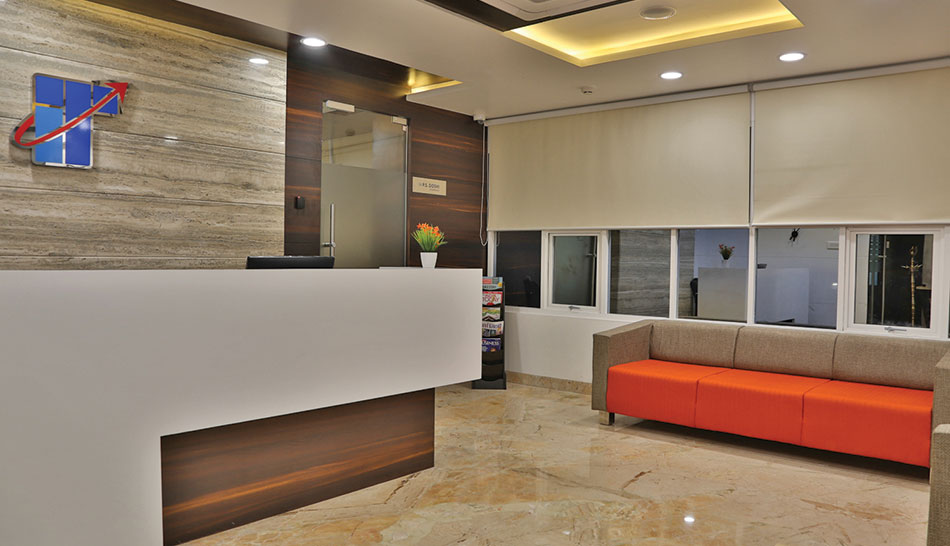
Italian flooring and cladding used in reception area at Indo-Thai office
Traditional materials or the modern composites? What are trending?
The return of brick-look tiles is one of the growing trends and they come in a wide variety of sizes and finishes, and exposed brickwork is very much in trend nowadays. Terracotta is coming back into fashion. We are witnessing a resurgence of the warm shades of Terracotta not only in home furnishing accessories, but also as an indoor finish. It is a tasteful material that combines with a large number of styles, adding a retro touch to interior designs.
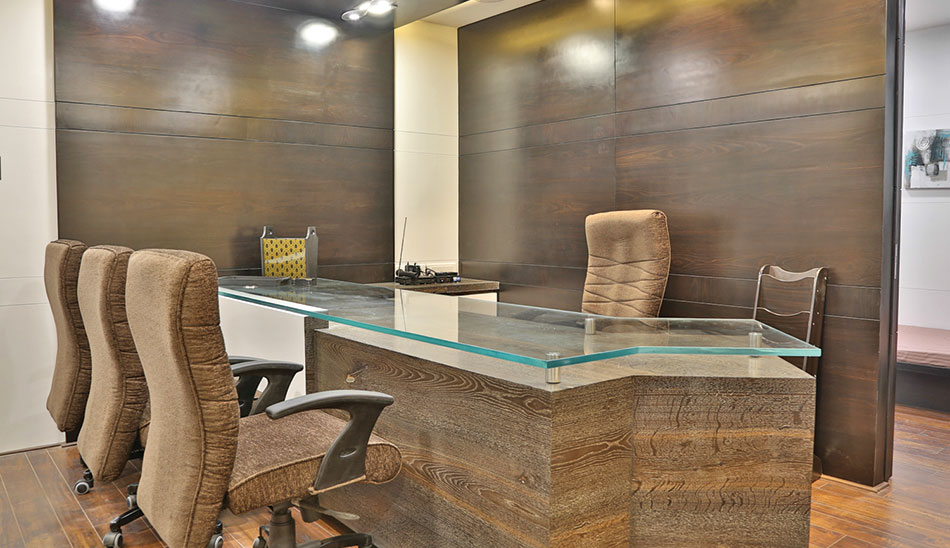
Director’s cabin at Indo-Thai office accentuated by wooden furniture
Natural stones are symbols of timeless appeal. They add a rich and expensive look to architecture and interior design, be it marble, granite, onyx, quartz, travertine, slate or limestone, all of which give great flooring and wall decoration ideas. Even a small mosaic artwork with natural stones or a table top can dramatically transform a room and create a stunning interior decor on a low budget. Glass, steel and composite materials are trending as well.
How can designers and architects contribute towards resource optimization?
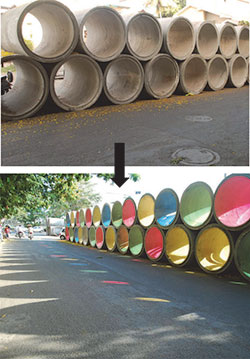
Indians believe that old is gold and are not averse to using recycled stuff. A few examples are: using leftover/broken tiles from sites and arranging them in a mosaic pattern for a unique table top. DIY floor pillows from pieces of left out sponges. Recycling old tables by adding a new colour to them or giving a rustic look. Use of scrap materials in suspended ceilings and creating a feature wall with them. Sewage pipes can be modified and used as seating by adding gelatine sheets on one side for a colourful effect.
By simply taking coloured cellophane and fashioning it to one side of each pipe, the creatives at Urfun Lab have fashioned a makeshift kaleidoscope of colourful forms that transform an unsightly concrete roadside pile into a strikingly beautiful, unexpected public space. In fact, many areas of India are undergoing an incredible transformation as the existing infrastructure is being overhauled with up-to-date systems.

